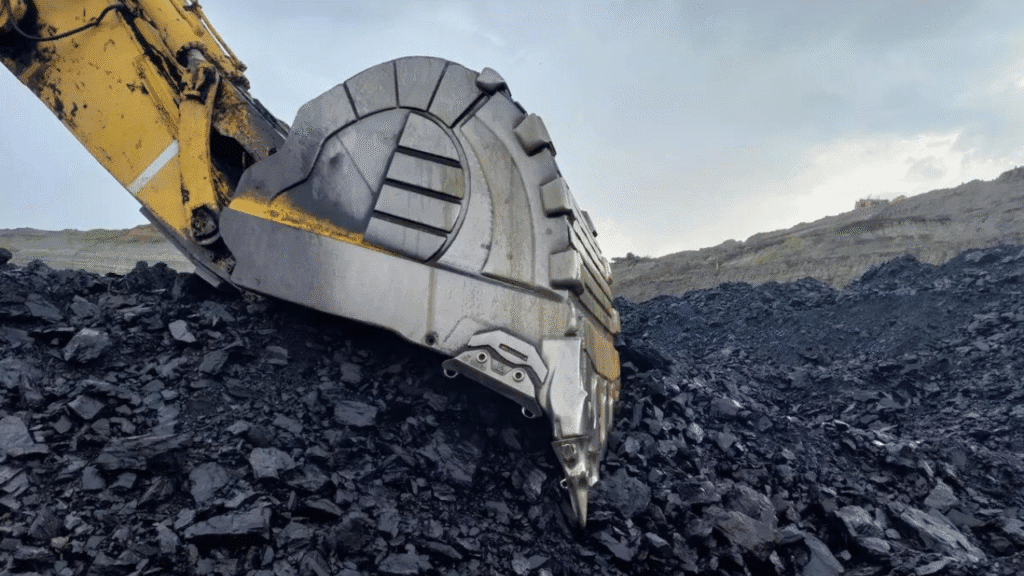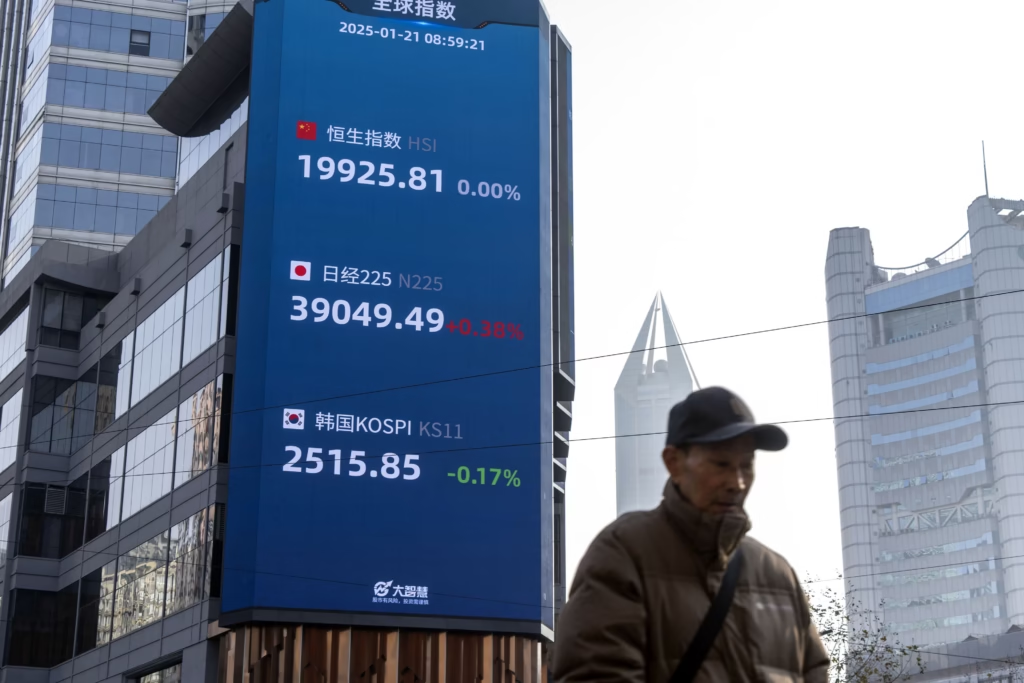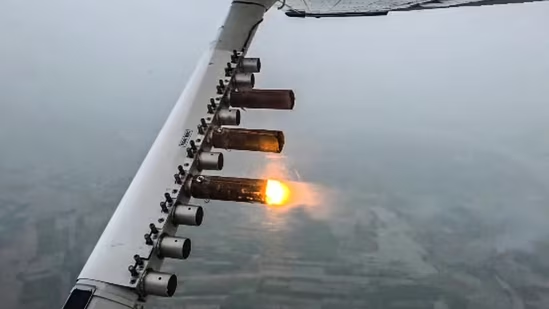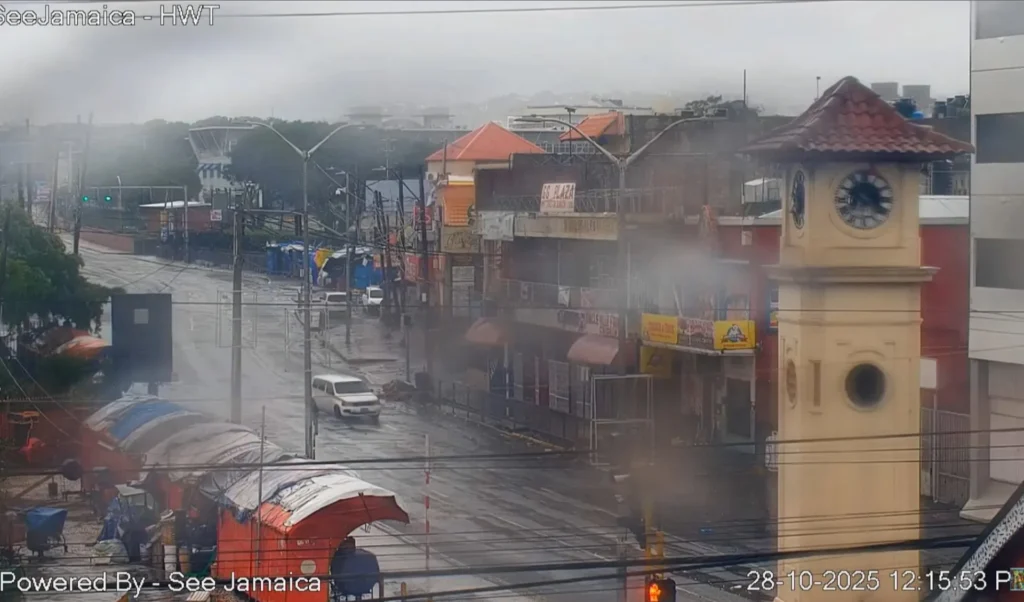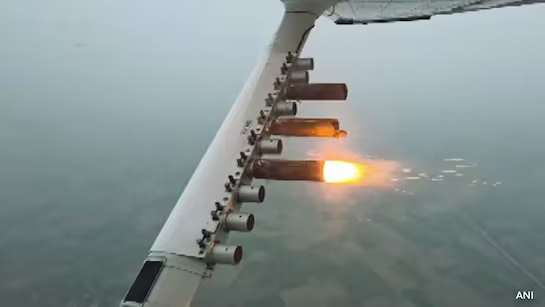Now Reading: Nearly eight trains disrupted as Cyclone Montha lashes through Marathwada region
-
01
Nearly eight trains disrupted as Cyclone Montha lashes through Marathwada region
Nearly eight trains disrupted as Cyclone Montha lashes through Marathwada region
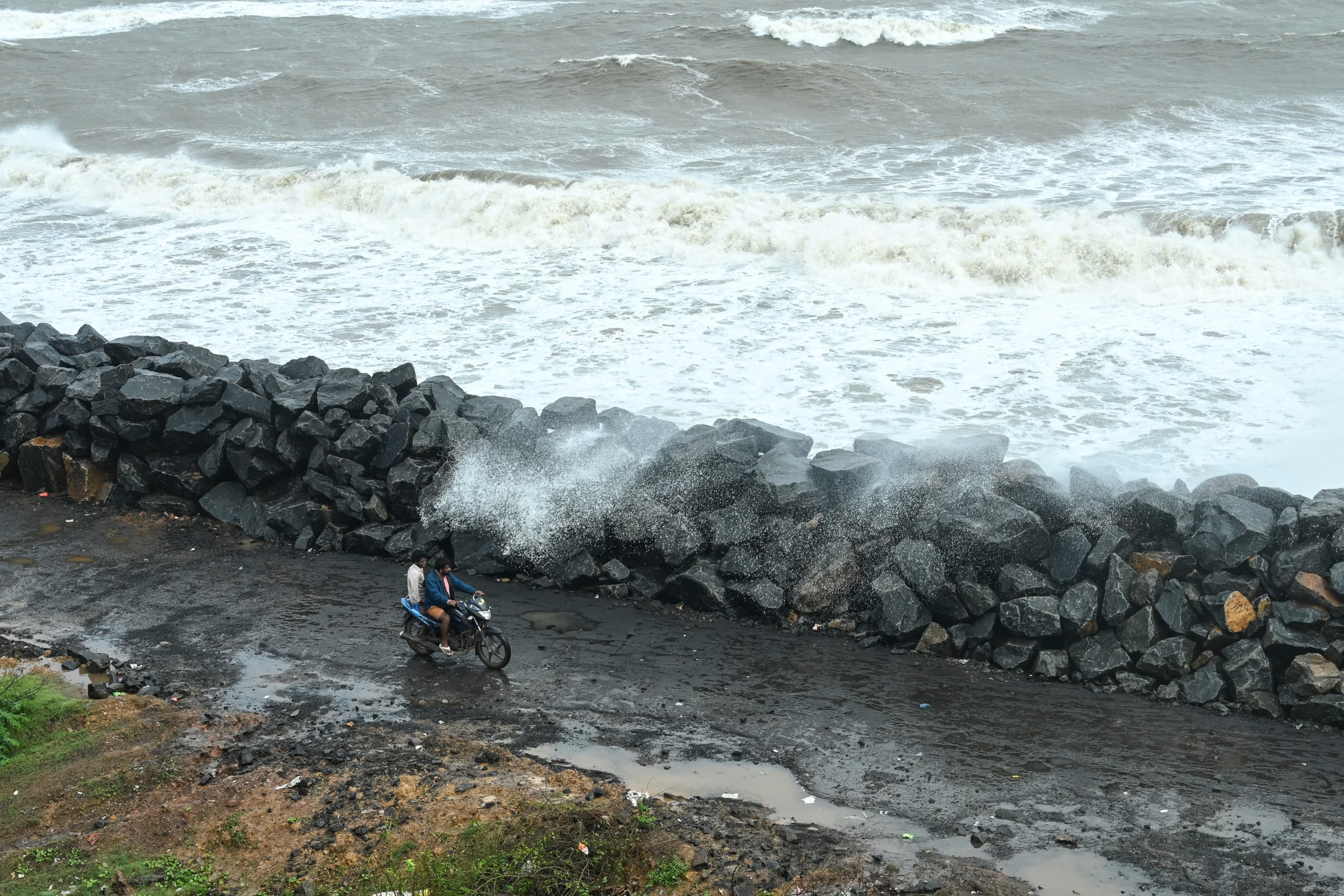
A tempest from the sea changed life quite suddenly for passengers in the Marathwada region when Cyclone Montha brought heavy rains and water-logging, causing disruptions to nearly eight trains. Services on the South Central Railway lines had to be diverted or cancelled, creating uncertainty for commuters and travellers from tier-2 cities like Nagpur and beyond
Impact on rail services
On the affected day, several trains passing through the region saw route alterations. One train skipping six stations impacted devotees heading for pilgrimage to Shirdi. Another service was diverted after water-logging in the Dornakal yard in Telangana. The railroad authorities issued advisories urging passengers to check for updates before travel.
Challenges for regional travellers
For travellers from smaller cities this disruption posed real problems. Many had planned journeys with fixed schedules and connecting transport arrangements. With last-minute changes, local bus services, auto-rickshaws and onward travel plans got thrown off. Because tier-2 cities often rely on one train link as the main connector, any changes ripple through daily commuting and regional movement.
Railway response and readiness
Railway officials acted quickly to cancel or divert services and communicate alerts. Yard water-logging was identified as the primary cause in one location. Yet the incident also exposed infrastructure vulnerabilities: drainage systems near tracks, station-side waiting areas in rain and communication gaps in remote stations. For smaller city travellers, real-time updates via apps or station announcements can be patchy.
What this means for local commuters
For inhabitants of cities like Nagpur and nearby towns who often rely on trains for business, education or annual travel, disruptions like this highlight the fragility of regional connectivity. It suggests a need for contingency planning—arriving earlier, checking for alerts and being ready for last-minute travel changes. Infrastructure upkeep in non-metro zones becomes a more pressing concern.
Conclusion
Cyclone Montha’s disruption of nearly eight trains in the Marathwada and adjoining regions shows how weather events can ripple into transport systems, especially in areas outside major metros. For travellers from tier-2 cities it serves as a reminder: stay informed, build in a buffer for travel, and expect the unexpected. In a region where one train link often means much more than just a ride, readiness is key.




